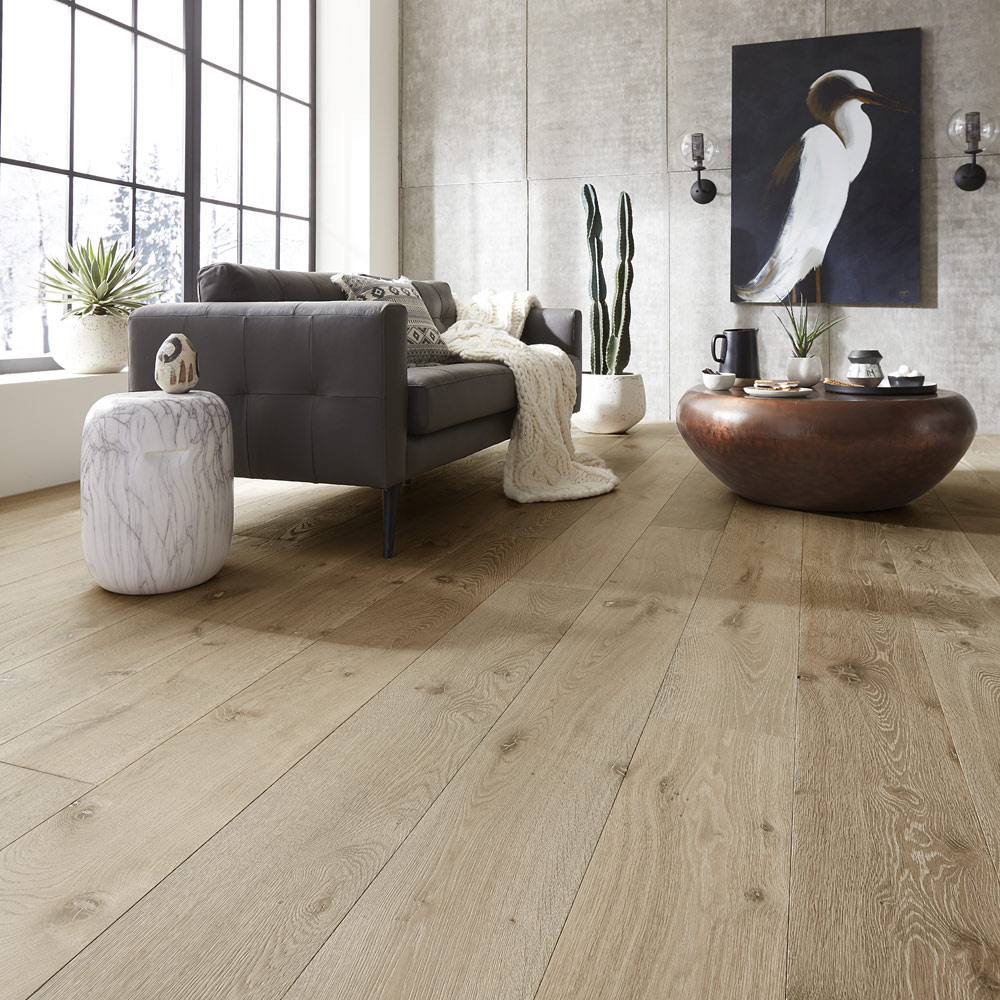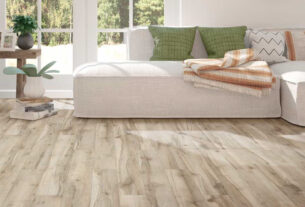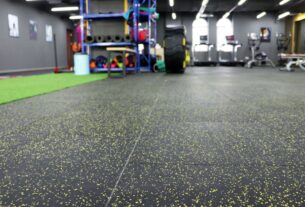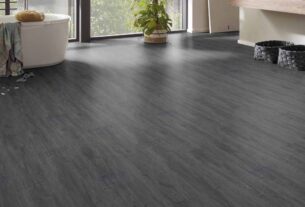Wooden flooring Dubai has long been a favorite choice for homeowners and designers due to its timeless elegance and durability. However, as environmental concerns grow, many people are looking for sustainable alternatives that minimize ecological impact while maintaining style and quality. Eco-friendly wooden flooring is the perfect solution for those who want to create a beautiful home while making responsible choices for the planet.
In this blog, we’ll explore the most sustainable wooden flooring options, key considerations when selecting eco-friendly wood, and tips for responsible maintenance.
Why Choose Eco-Friendly Wooden Flooring?
Opting for sustainable wooden flooring comes with several benefits, both for the environment and homeowners:
Reduces Deforestation: Responsible sourcing ensures forests are managed sustainably, reducing illegal logging and deforestation.
Healthier Indoor Air Quality: Many eco-friendly options have low or no volatile organic compounds (VOCs), reducing indoor air pollution.
Durability and Longevity: Sustainable wooden floors are often high-quality and long-lasting, reducing the need for replacements.
Enhanced Home Value: Buyers are increasingly looking for environmentally friendly homes, making green flooring a valuable investment.
Sustainable Wooden Flooring Options
FSC-Certified Hardwood
The Forest Stewardship Council (FSC) certifies wood that meets rigorous environmental and social responsibility standards. FSC-certified wood ensures responsible forest management, meaning trees are replanted, biodiversity is protected, and logging practices are ethical.
Popular FSC-certified wood choices include:
Oak
Maple
Walnut
Cherry
Reclaimed Wood Flooring
One of the most sustainable wooden flooring options is reclaimed wood. This wood is salvaged from old barns, factories, and demolished buildings, repurposing existing materials instead of cutting down new trees.
Benefits of reclaimed wood flooring:
Adds unique character with its aged patina and imperfections.
Prevents waste by reusing old materials.
Highly durable due to its old-growth nature, making it stronger than newly harvested wood.
Bamboo Flooring
Bamboo is a fast-growing and renewable resource, making it an excellent eco-friendly flooring choice. Unlike traditional hardwood trees that take decades to mature, bamboo reaches full maturity in just 3 to 5 years.
Why bamboo flooring is sustainable:
Rapid regrowth and renewability.
Naturally resistant to moisture and pests.
Comes in various styles, including strand-woven bamboo for extra durability.
Cork Flooring
Although not a traditional wood flooring, cork is derived from the bark of the cork oak tree, which regenerates every 9 years. Harvesting cork does not harm the tree, making it a highly sustainable material.
Advantages of cork flooring:
Soft and comfortable underfoot.
Naturally resistant to mold, mildew, and pests.
Provides sound insulation and energy efficiency.
Engineered Wood with Eco-Friendly Adhesives
Engineered wood uses a plywood or fiberboard core with a top layer of real hardwood. While this reduces the amount of solid hardwood used, choosing options with non-toxic adhesives and formaldehyde-free finishes is essential for sustainability.
Sustainable engineered wood considerations:
Look for FSC-certified engineered wood.
Ensure adhesives are low-VOC or formaldehyde-free to avoid indoor air pollution.
Choose brands that use recycled wood fibers in the core layers.
Key Factors When Choosing Sustainable Wooden Flooring
Certification Matters
Look for certification labels such as:
FSC (Forest Stewardship Council): Ensures responsible forest management.
PEFC (Programme for the Endorsement of Forest Certification): Promotes sustainable forest maintenance.
GreenGuard Certification: Ensures low chemical emissions for healthier indoor air.
Low VOC Finishes and Adhesives
Many traditional wood finishes contain high levels of VOCs (Volatile Organic Compounds), which release harmful chemicals into the air. To maintain a healthier home environment, opt for finishes that are:
Water-based
Low-VOC or zero-VOC
Natural oil or wax-based
Locally Sourced Wood
Choosing wood sourced locally reduces the carbon footprint associated with transportation. If possible, opt for flooring materials harvested in your region to support local economies and reduce emissions.
Recycled and Upcycled Options
Apart from reclaimed wood, some manufacturers offer wooden flooring made from recycled wood chips or sawdust, reducing waste and promoting sustainability.
Tips for Maintaining Sustainable Wooden Flooring
To ensure your eco-friendly flooring remains in top condition for years to come, follow these maintenance tips:
Use Eco-Friendly Cleaners: Harsh chemical cleaners can damage your flooring and contribute to pollution. Instead, use natural cleaning solutions like vinegar and water or plant-based cleaners.
Avoid Excess Water: Wood is sensitive to moisture, so clean spills immediately and use a damp (not wet) mop for regular cleaning.
Add Rugs and Mats: Place rugs in high-traffic areas to prevent scratches and wear.
Refinish Instead of Replacing: If your wooden flooring looks worn out, consider sanding and refinishing instead of replacing it entirely.
Use Furniture Pads: To prevent scratches, add felt pads to furniture legs.
Final Thoughts
Eco-friendly wooden flooring Dubai is an excellent choice for homeowners looking to combine style, durability, and sustainability. Whether you opt for reclaimed wood, bamboo, cork, or FSC-certified hardwood, there are plenty of sustainable options to suit your space. By making informed choices and maintaining your flooring responsibly, you can enjoy a greener, healthier home while contributing to a more sustainable future.
Are you planning to install eco-friendly wooden flooring? Share your thoughts or questions in the comments below!





